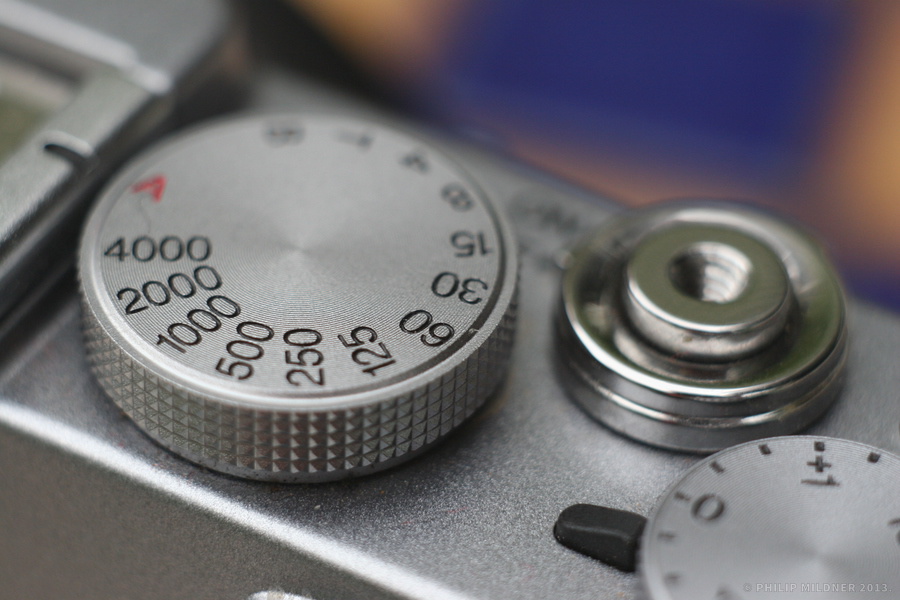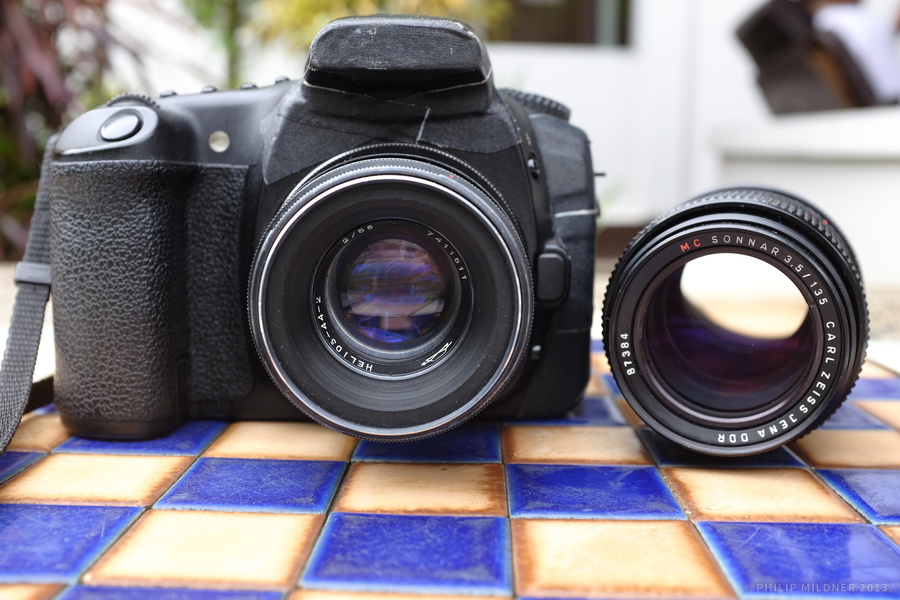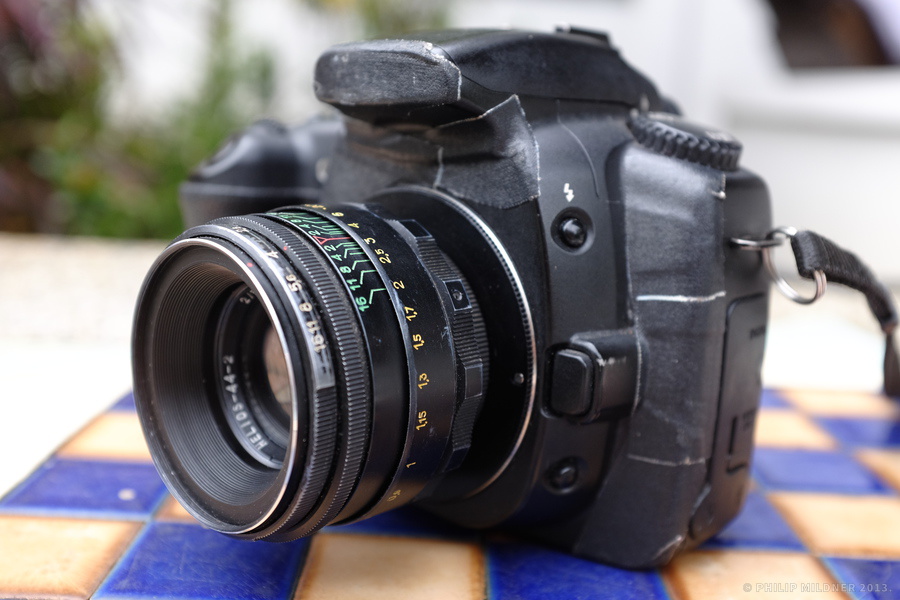One of my goals of my tour through Thailand was to bring home nice pictures of the land, the people and my experiences there and in that way improve on my photography skills. Therefore I had to decide what photographic gear to take with me.
 On all of the previous trips and excursions I did so far, I just took my beloved and to that part only camera, the Fuji X100, with me. Just before this trip, I had the chance to sell it to a friend and get its successor, the X100S, for myself. Of course there was no question to take that camera to Thailand as it is such a joy taking pictures with it.
On all of the previous trips and excursions I did so far, I just took my beloved and to that part only camera, the Fuji X100, with me. Just before this trip, I had the chance to sell it to a friend and get its successor, the X100S, for myself. Of course there was no question to take that camera to Thailand as it is such a joy taking pictures with it.
While I would have been fine just taking the X100S, I decided to take another camera to the trip. The second camera is a Canon 20D which I got from ebay some time ago. There is nothing too fancy about the camera itself as it is already a couple of years old. So I could not expect to get the grade of resolution and low-light performance the X100S offers. However, this was not my goal with this camera anyways. On the contrary, I took two M42 screw mount vintage lenses with it that require you to both set focus and aperture manually. While this increases the amount of work you have to do to shoot a decent picture, it also gives you more control over your pictures. I guess it was that same point that fascinated me with the Fuji X100.
 The first lens is a 135mm Carl Zeiss Sonnar lens. With the crop factor of the 20D this results in an equivalent focal length of about 200mm which gives you a nice telephoto zoom. Compared to the 35mm focal length of the X100(S) is it pretty much on the other side of the focal length scale and enables me to shoot details or far-away subjects (e.g., I shot the rice fields image with it. Actually, the first time I used this lens was at the MIA. concert). I got from ebay after some researching for good old lenses. And I fact it produces very nice pictures that can be pretty sharp even at the highest aperture of 3.5.
The first lens is a 135mm Carl Zeiss Sonnar lens. With the crop factor of the 20D this results in an equivalent focal length of about 200mm which gives you a nice telephoto zoom. Compared to the 35mm focal length of the X100(S) is it pretty much on the other side of the focal length scale and enables me to shoot details or far-away subjects (e.g., I shot the rice fields image with it. Actually, the first time I used this lens was at the MIA. concert). I got from ebay after some researching for good old lenses. And I fact it produces very nice pictures that can be pretty sharp even at the highest aperture of 3.5.
 The second lens is a Helios 44-2 58mm (equivalent to about 90mm). While this is—according to the facts I read about it on the Internet—one of the most produces lenses in the whole world, there still is something special about it for me. Other than the Carl Zeiss lens I did not bought that lens, but my father gave it to me. He used it with his old film camera back in his photography days, so the lens is probably just as old as me. It has a very solid feel to it (after all it is just made of metal and glass) and is suited well for portrait shots. It also has an “interesting” look to the out-of-focus areas as the border of the image seems to flow out of it. While I am having a hard time to focus correctly with it all the times I still like using it a lot because of the fact that there is some kind of story connected with it. As an example, most of the images in Building a Bridge were shot with that lens.
The second lens is a Helios 44-2 58mm (equivalent to about 90mm). While this is—according to the facts I read about it on the Internet—one of the most produces lenses in the whole world, there still is something special about it for me. Other than the Carl Zeiss lens I did not bought that lens, but my father gave it to me. He used it with his old film camera back in his photography days, so the lens is probably just as old as me. It has a very solid feel to it (after all it is just made of metal and glass) and is suited well for portrait shots. It also has an “interesting” look to the out-of-focus areas as the border of the image seems to flow out of it. While I am having a hard time to focus correctly with it all the times I still like using it a lot because of the fact that there is some kind of story connected with it. As an example, most of the images in Building a Bridge were shot with that lens.
Apart from the cameras themselves, I brought some spare batteries and a small travel tripod. I also took a polarizing filter and a set of extension tubes for the old lenses to experiment with it. So far, I did pretty well with this equipment. I alternately used both cameras and the different lenses and shot a lot (!) of pictures with them. And I am far away from finishing that yet, so stay tuned for more pictures after this more technical article!
